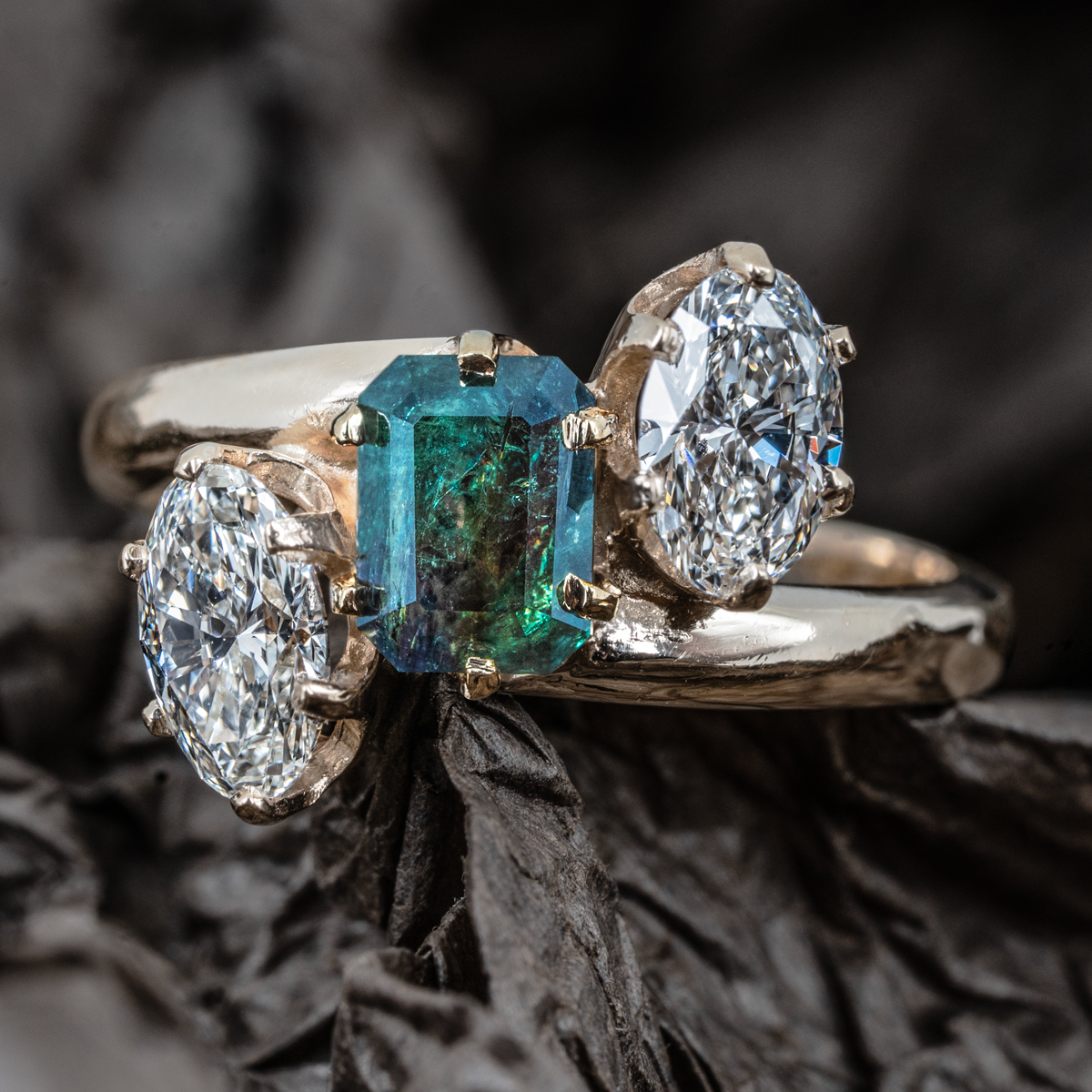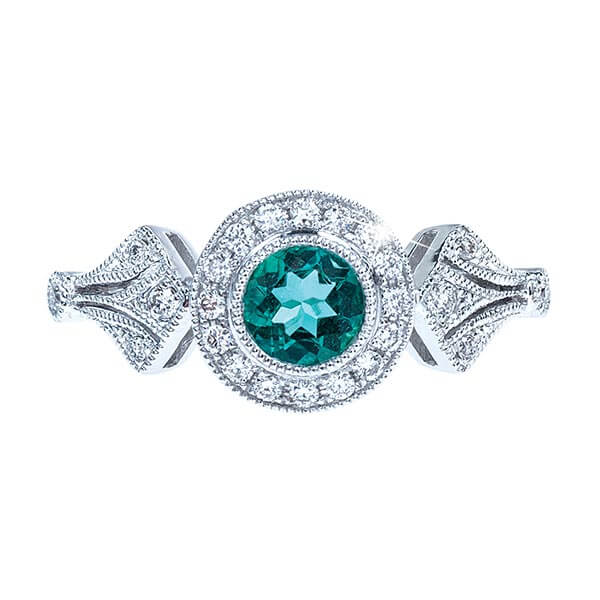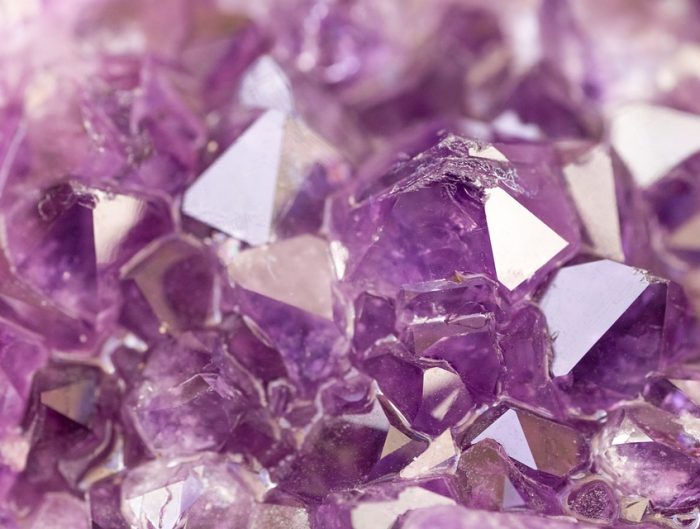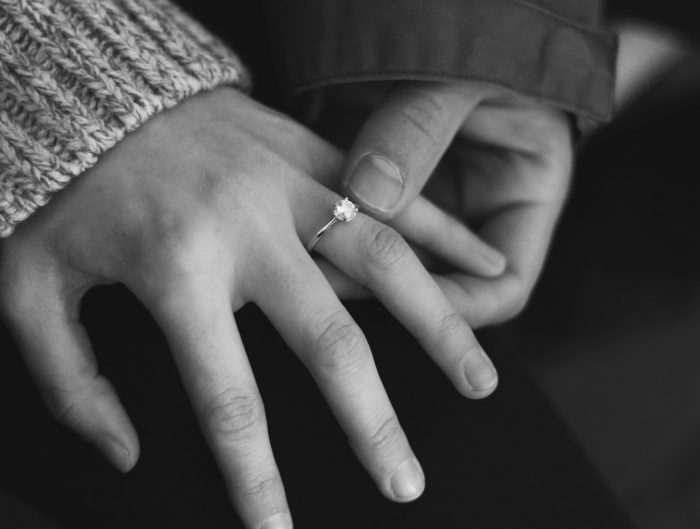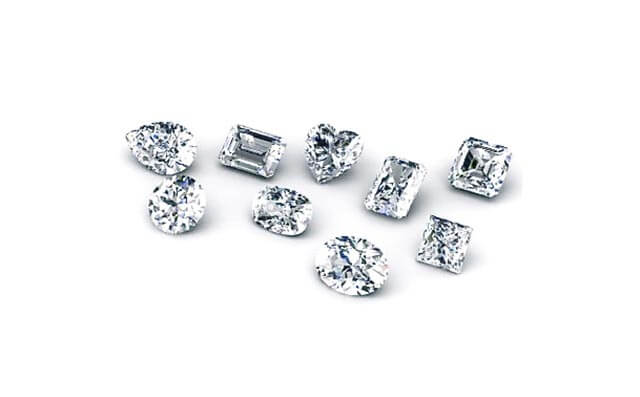Gemstone treatments are procedures that precious stones are often subjected to in order to improve one of their aspects, like color or clarity. While some treatments are considered an industry standard, others can affect the value of the gemstone, and if the treatment is not disclosed, a higher price could be charged for a lower quality stone.
For example, customers buying diamond rings in San Diego from shady sources might end up with an imperfect diamond but be charged for a more valuable one without even knowing the difference. In this article, we will list a number of common gemstone treatments, the legitimacy of their use, and whether or not you can detect them yourself.
Irradiation Treatment
Many gemstones can be subjected to different forms of radiation in order to alter their color. Irradiating gemstones involves bombarding them with particles such as electrons or neutrons on a subatomic level. A potential buyer might be worried about whether this irradiation could affect their health, but the effects of the radiation are short and there are strict regulations that require these treated gems to be thoroughly tested and held until they are perfectly safe. A common gemstone that receives irradiation treatment is the blue topaz. In fact, almost every blue topaz in the market has been subjected to irradiation. This process creates lovely shades of blue that are not obtainable in an untreated topaz. Depending on how long the topaz is subjected to radiation, its resulting color can range from Swiss Blue to London Blue. London Blue is the least common type because it involves the expensive process of neutron exposure. Irradiation treatment is nearly impossible to recognize in most gems. In order to identify them, advanced methods are required. However, you can spot diamonds that have gone through irradiation treatment as they display colors that are not found in their natural form.Dyeing Treatment
This treatment involves introducing a colored substance into gems that have surface-reaching fractures or a porous structure, in order to modify their color. Gems like agate, onyx and coral are often subjected to this treatment in order to ensure an even coloring. In fact, dyeing agate dates back to ancient Rome. In many cases, dyeing can be detected under a magnifying glass using a diffused light source. Experts can detect concentrated color on the surface and inside the fractures. However, there are certain gemstones like jade or turquoise where dyeing might not be that apparent or easily detectable.Fracture Filling
Some gems with fractures on the surface are subjected to fracture filling. This treatment involves using wax, glass or borax to cover up the fractures. You may be able to spot the subtle differences on the stone’s surface under a magnifier. Damaged rubies are often subjected to this treatment. It is a fairly new practice that started back in 2004 and has had some great results, as the stones become more durable than they were before the treatment, extending their longevity.Diffusion
This process involves exposing the surface of a gemstone to a combination of heat and chemicals inside a furnace. This only changes the color on the surface and is often used on gemstones like ruby, blue sapphire or green topaz. The original gemstone material is often pale compared to the final result. If you are thinking of buying a gemstone that has been subjected to this treatment, bear in mind that the treatment is less than a millimeter deep, and any damage such as scratches could ruin the appearance of the stone by exposing the underlying paleness.Bleaching Treatment
Bleach is a chemical used to alter the color of a porous gem. It lightens its color and is nearly impossible to detect. However, the second step of the process, polymer impregnation, can be detected by an expert using advanced analysis conducted in a specialized laboratory. While there are no price differences between bleached and unbleached gems, the acidic compound found in bleach can damage the structure of the gemstone and leave it more vulnerable to breaking.Coating Treatment
This process is used to enhance the appearance of the gem’s surface by adding a coloring agent to the back surface of the gem. Thus it is also often referred to as backing. Gems treated this way can be easily identified by an expert unless the coating is colorless.Laser Treatment
Lasering is used to drill small holes into a diamond in order to reduce the appearance of an inclusion (typically a darker spot) inside a diamond. The inclusion is then further vaporized or bleached if the laser does not burn through it completely. The miniature laser holes are easily detectable under magnification looking from the correct angle. These diamonds are considered slightly imperfect to imperfect regardless of the fact that the process improves their visible clarity, and should be priced accordingly.Buy Diamond Rings in San Diego from a Reputable Jeweler
Since gemstone treatments improve the appearance or durability of the stone, the gems could be sold as more valuable than they are by less scrupulous vendors. In order to avoid buying overpriced gemstones, you should only buy from a jeweler that you trust. Leo Hamel’s is a family-run full-service jewelry store with a stellar reputation for serving San Diego County with integrity since 1980. Not only do we sell the finest gemstones, but we also disclose all information regarding any previous treatment, and price them accordingly. If you are looking to buy or sell jewelry in San Diego, do not hesitate to contact us at (619) 299-1500 or through our website form.Share
Leo Hamel
You might also like
Most Commonly Used Gemstone Treatments
Publish date
April 4, 2019
How to Choose the Perfect Diamond Shape
Publish date
December 6, 2018
Purchase Diamond Rings from San Diego’s Best Jeweler
Publish date
November 15, 2017

